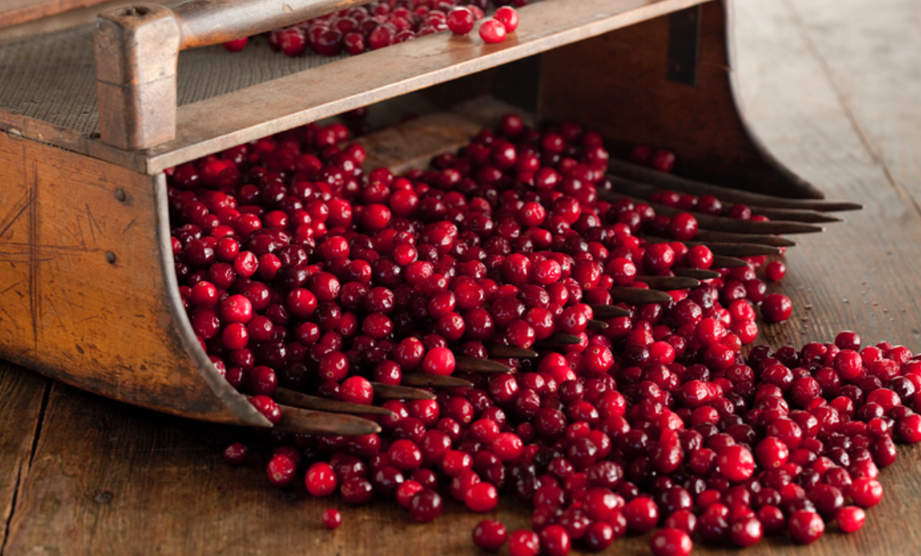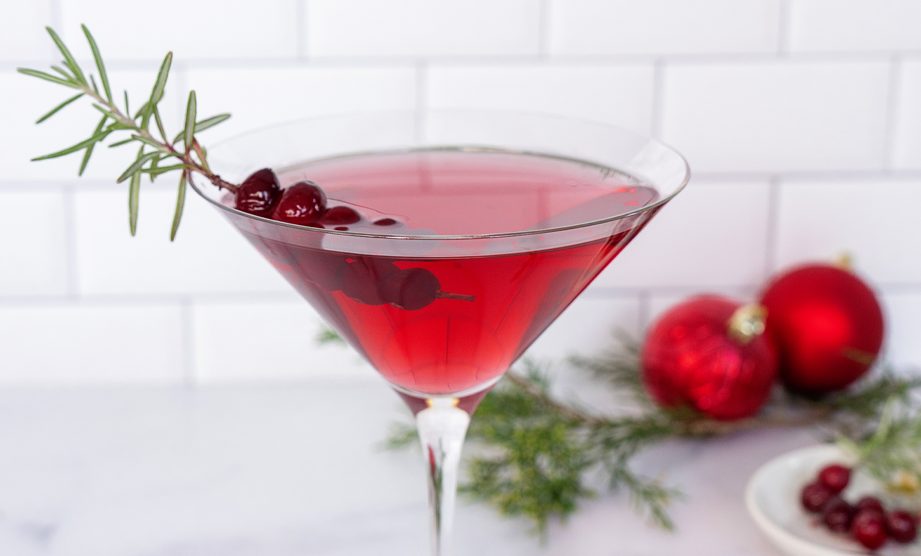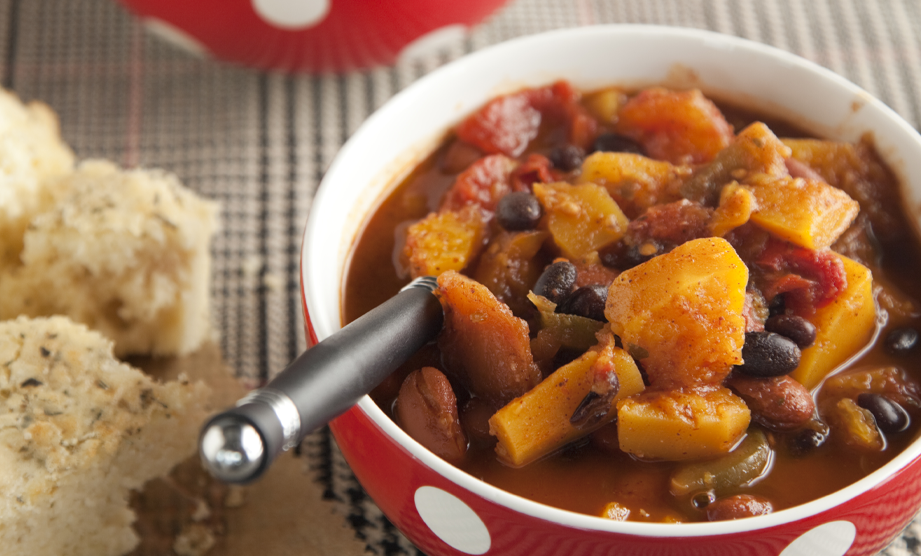What’s more American that apple pie? Why, cranberries, of course! Cranberries are one of only three fruits native to America. In fact, some states are still using the same cranberry vines that were planted over 100 years ago.
You can expect to start seeing fresh cranberries in the grocery store around mid-October. And since cranberries have a short season, it’s never too early to start freezing some.
There are several theories of how the cranberry was named. One being that Dutch and German settlers named the berry “crane-berry” because the plant looked like the head and neck of a crane. Eventually, the ‘e’ was dropped and crane-berry was shortened to cranberry.
Among the fruits and vegetables richest in health-promoting antioxidants, cranberries are right at the top of the list. The color of cranberries is a sign of good nutrition. The deeper red their color, the more concentrated are cranberries’ beneficial properties. Cranberries offer antioxidant, anti-inflammatory and anti-cancer health benefits. They are an excellent source of vitamin C, dietary fiber, manganese, and vitamin K.
Cranberries are grown throughout parts of Wisconsin, Massachusetts, Oregon, New Jersey, and Washington State. Their sandy soil and abundance of fresh water provide the perfect growing conditions cranberries require. Wisconsin accounts for the most production because the average grower’s acreage is 70 acres. The cranberry is Wisconsin’s state fruit.
Cranberries grow on low-lying vines in beds layered with sand, peat, gravel, and clay. These beds are known as “bogs” or “marshes” originally created by glacial deposits. Commercial bogs use a system of wetlands and other water bodies, and as a result, they provide a rich environment for a wide variety of wildlife, including osprey, blue heron, turkey, deer, and fox, as well as many plant species.
Selecting:
Choose plump, shiny cranberries that are deep in color and firm to the touch. Shriveled berries or those that are soft or with brown spots should be avoided.
Storing:
Fresh cranberries can be stored in a zip-close food storage bag in the refrigerator for up to two months. Before storing, pick out and discard any that are soft, discolored, or shriveled. If one starts to go bad, the others will too.
Cranberries will last indefinitely in the freezer. To freeze, spread the cranberries on a jelly-roll pan and freeze until frozen—about 2 hours. Transfer the frozen berries to a freezer bag and return them to the freezer. Don’t forget to date the bag. Once thawed, frozen berries will be quite soft, so use them immediately.
Cooked cranberries can last up to one month stored in a covered container in the refrigerator. Adding brandy, rum, or any type of liqueur will preserve the cooked berries even longer.
Yield:
One 12-ounce bag of fresh cranberries will yield about 3 cups whole or 2-1/2 cups chopped.
Substitutions:
Substitute 3/4 cup dried cranberries for 1 cup fresh cranberries.
Most Common Varieties:
American
This is the most common variety used by the USDA as the standard for fresh cranberries and cranberries used for juice. This variety is bright red.
European
Smaller than the American cranberry, this variety is eaten less often than other varieties. It is primarily used for ornamental purposes.
Highbush
This variety is used for jellies, jams, and sauces. It is also used in an ornamental fashion.
We hope you’ll enjoy our abundance of cranberry recipes to share at the table with family and friends.
Check out our bushel of cranberry recipes!
Roasted Turkey with Cranberry Maple Glaze
Pork Chops with Cranberry Mustard Sauce
Apple Cranberry Stuffing
Cranberry Salad
Cranberry Pineapple Gelatin Salad
Hot Cranberry Cider
Cranberry French Toast
Deep-Fried Cranberry Sauce Fritters
Wayne’s Cranberry Sauce
Mrs. Hoggle’s Stuffed Cranberry Sauce









